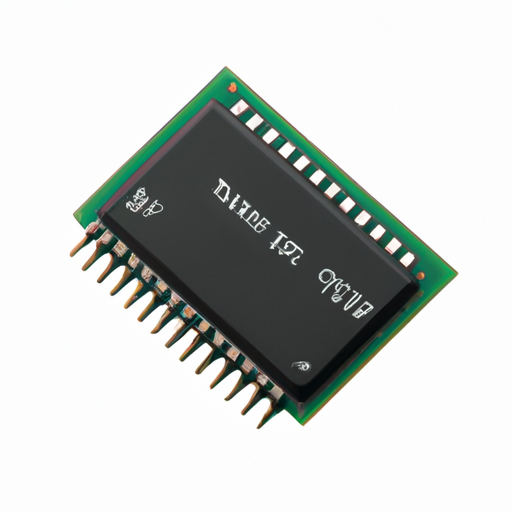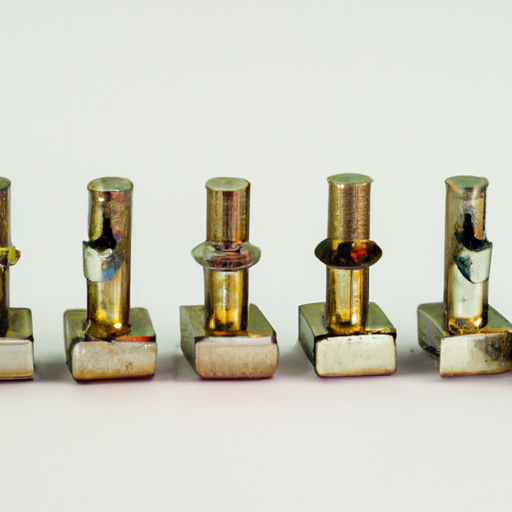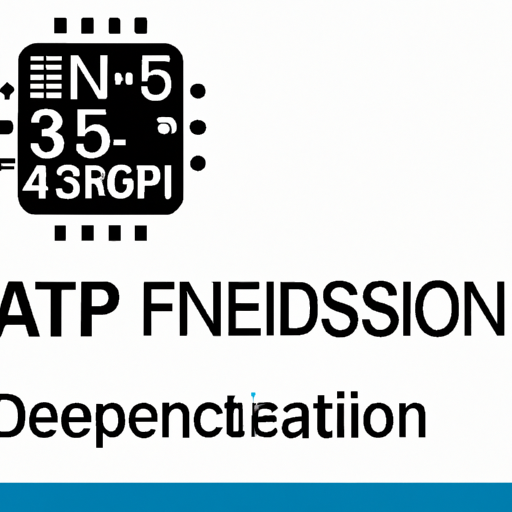
Core Functional Technologies of Drivers, Receivers, and Transceivers 1. Drivers
- **Functionality**: Drivers are essential components that provide the necessary power and control signals to operate other devices, such as motors, LEDs, and transistors. They ensure that these devices receive the correct voltage and current levels for optimal performance.
- **Types**:
- **Logic Level Drivers**: These are used to interface low-voltage microcontrollers with higher voltage devices, ensuring compatibility and safe operation.
- **Motor Drivers**: These drivers control the speed and direction of motors in applications ranging from robotics to industrial automation. They often include features like PWM (Pulse Width Modulation) for speed control.
- **LED Drivers**: These regulate the current supplied to LEDs, ensuring consistent brightness and preventing thermal runaway, which can damage the LEDs. 2. Receivers
- **Functionality**: Receivers are designed to capture and decode signals from various sources, enabling communication and data transfer in electronic systems.
- **Types**:
- **RF Receivers**: These are used in wireless communication systems to receive radio frequency signals, enabling applications like remote controls and wireless sensors.
- **Infrared Receivers**: Commonly found in consumer electronics, these receivers decode signals from infrared remote controls, allowing for wireless operation of devices.
- **Data Receivers**: These interface with communication protocols (e.g., UART, SPI, I2C) to receive digital data from other devices, facilitating data exchange in embedded systems. 3. Transceivers
- **Functionality**: Transceivers combine the functions of both transmitters and receivers, allowing for bidirectional communication. They are crucial in networking and communication systems.
- **Types**:
- **Wireless Transceivers**: Used in technologies like Wi-Fi, Bluetooth, and Zigbee, these transceivers enable wireless communication between devices.
- **Ethernet Transceivers**: Facilitate data transmission over wired networks, ensuring reliable and high-speed communication.
- **Optical Transceivers**: Used in fiber optic communication systems, these transceivers enable high-speed data transfer over long distances. Application Development Cases 1. Automotive Applications
- **CAN Bus Transceivers**: These are critical in automotive networks, allowing various electronic control units (ECUs) to communicate reliably in noisy environments. They ensure data integrity and robustness in vehicle communication systems.
- **LED Drivers**: Used for controlling automotive lighting systems, including headlights and interior lights, these drivers provide features like dimming and color control, enhancing both safety and aesthetics. 2. Industrial Automation
- **Motor Drivers**: Implemented in robotic arms and conveyor systems, motor drivers control the precise movement of motors, enabling automation in manufacturing processes.
- **Data Receivers**: Used in PLCs (Programmable Logic Controllers), these receivers gather data from sensors and control machinery, facilitating efficient industrial operations. 3. Consumer Electronics
- **IR Receivers**: Found in remote-controlled devices, these receivers allow users to wirelessly control TVs, air conditioners, and other appliances, enhancing user convenience.
- **Bluetooth Transceivers**: Enable wireless audio streaming and data transfer between devices like smartphones and headphones, providing seamless connectivity for consumers. 4. Telecommunications
- **Optical Transceivers**: Used in data centers and telecommunications networks, these transceivers facilitate high-speed internet and communication, enabling long-distance data transmission with minimal loss.
- **RF Transceivers**: Implemented in mobile phones, these transceivers allow for voice and data transmission over cellular networks, supporting modern communication needs. 5. IoT Applications
- **Wireless Transceivers**: Used in smart home devices, these transceivers enable communication between sensors, actuators, and central hubs, creating interconnected environments.
- **Low-Power Drivers**: Control actuators in battery-operated devices, optimizing power consumption to extend battery life, which is crucial for IoT applications. ConclusionThe development and application of drivers, receivers, and transceivers are fundamental to the advancement of various industries, including automotive, industrial automation, consumer electronics, telecommunications, and IoT. By understanding the core functionalities and exploring real-world applications, engineers can design more efficient and effective electronic systems. As technology continues to evolve, the integration of these components will play a vital role in enhancing communication and control systems across diverse applications.

Application Development in Encoders, Decoders, and Converters for 1N5235B-T: Key Technologies and Success StoriesThe 1N5235B-T is a Zener diode widely utilized in electronic applications for voltage regulation and protection. While it is not an encoder, decoder, or converter itself, it plays a crucial role in circuits that incorporate these components. Below, we explore key technologies and success stories related to the application development of encoders, decoders, and converters that leverage components like the 1N5235B-T.
Key Technologies1. Voltage Regulation2. Signal Conditioning3. Digital Communication Protocols4. Microcontroller Integration5. Power Management1. Industrial Automation2. Consumer Electronics3. Automotive Applications4. Telecommunications5. Robotics Success Stories ConclusionThe 1N5235B-T Zener diode is integral to the application development of encoders, decoders, and converters by providing essential voltage regulation and protection. Its integration into various systems has led to successful implementations across multiple industries, including industrial automation, consumer electronics, automotive, telecommunications, and robotics. As technology continues to advance, the importance of stable voltage regulation in these applications will remain critical for ensuring performance, reliability, and overall system integrity.
















































